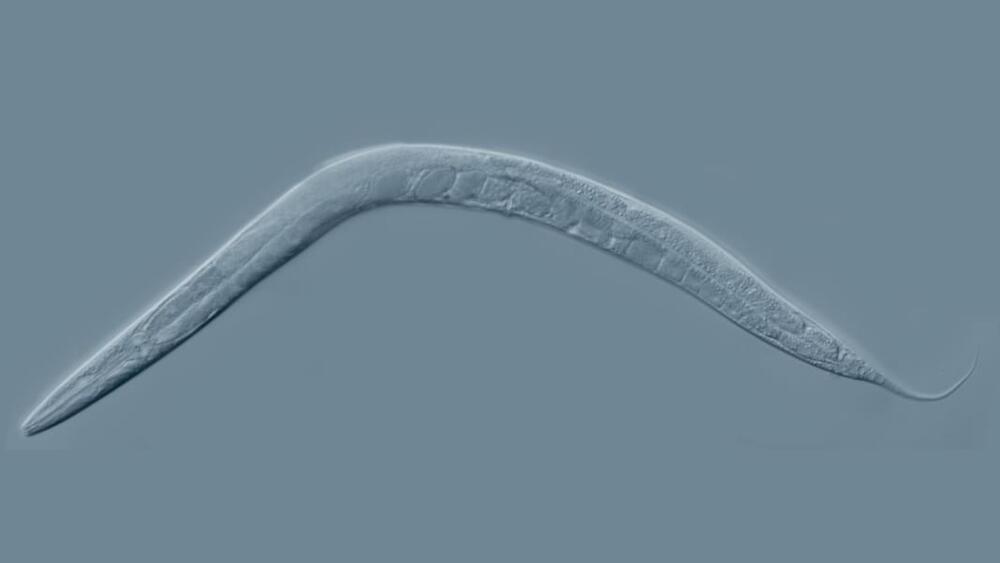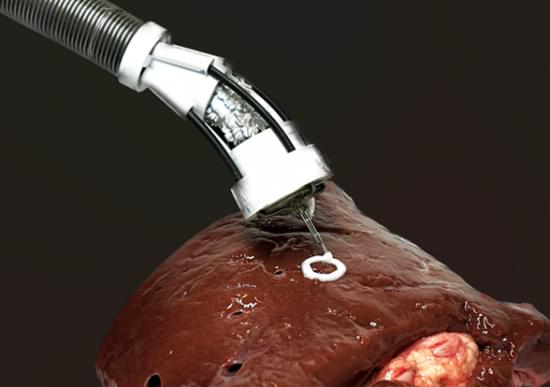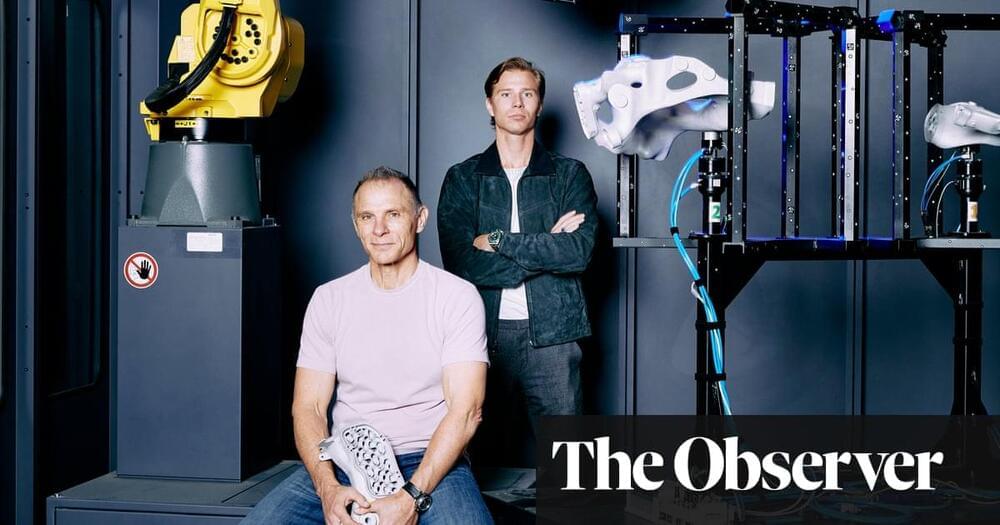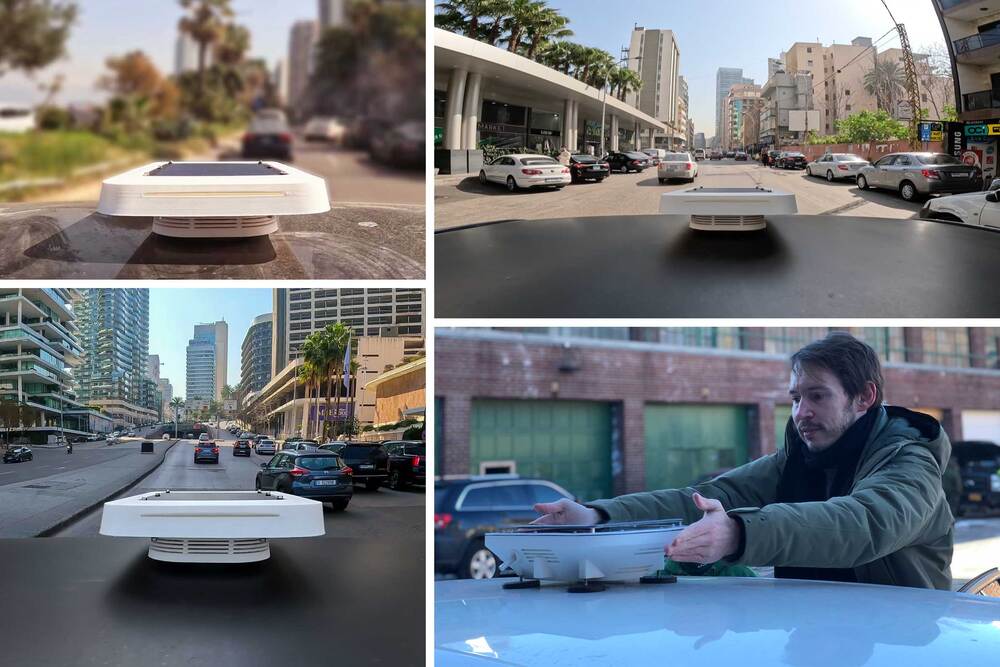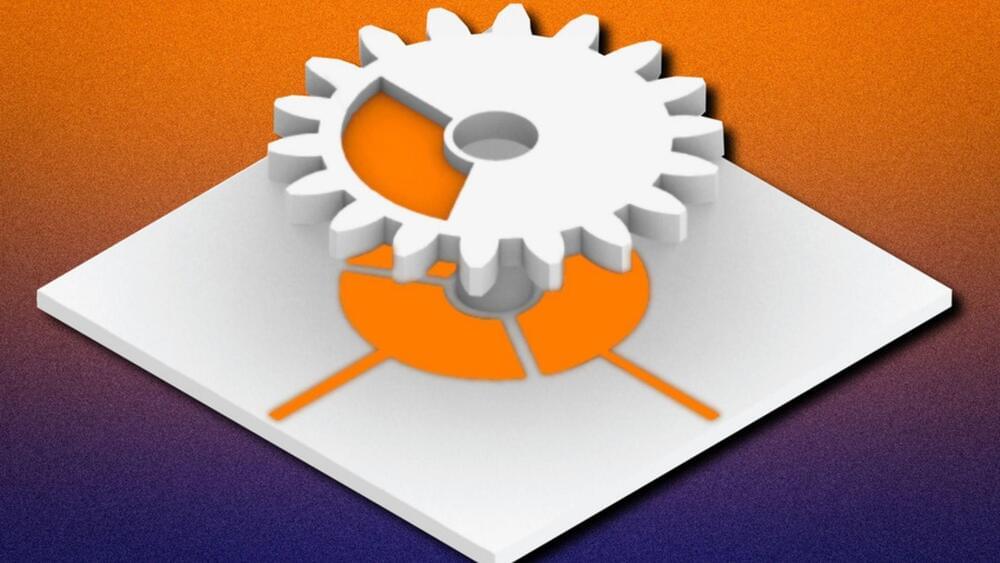Finding ways to integrate electronics into living tissue could be crucial for everything from brain implants to new medical technologies. A new approach has shown that it’s possible to 3D print circuits into living worms.
There has been growing interest in finding ways to more closely integrate technology with the human body, in particular when it comes to interfacing electronics with the nervous system. This will be crucial for future brain-machine interfaces and could also be used to treat a host of neurological conditions.
But for the most part, it’s proven difficult to make these kinds of connections in ways that are non-invasive, long-lasting, and effective. The rigid nature of standard electronics means they don’t mix well with the squishy world of biology, and getting them inside the body in the first place can require risky surgical procedures.
